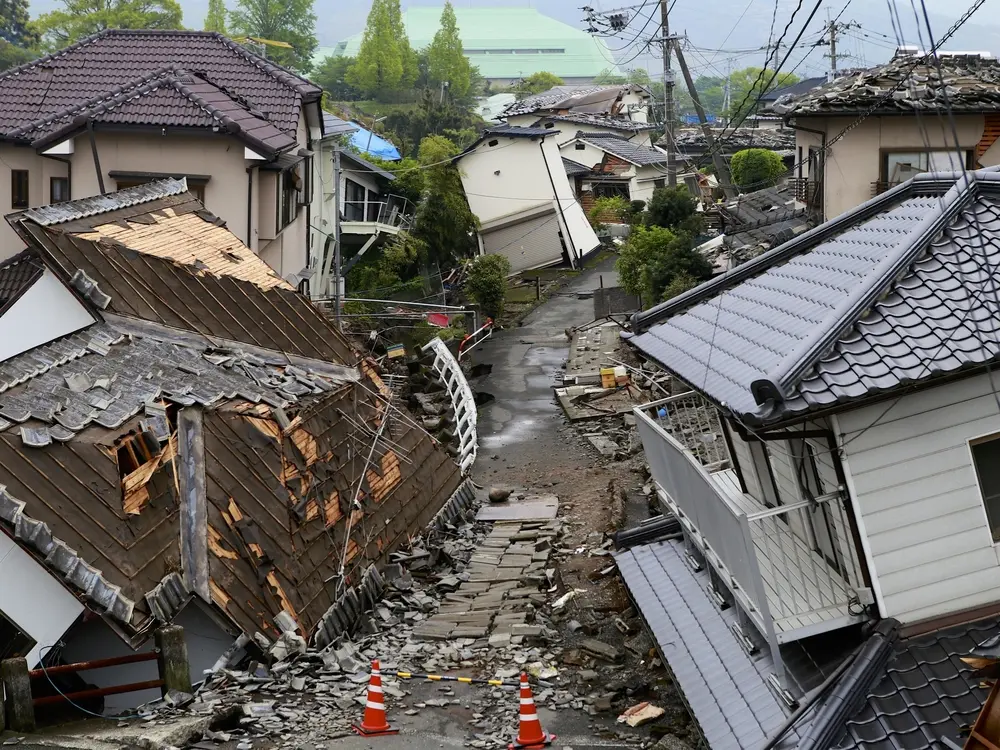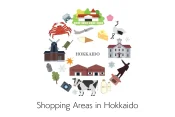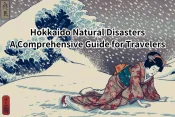Emergency Preparedness Guide for Foreign Visitors in Japan: What to Do During a Nankai Trough Earthquake
Japan is a country prone to natural disasters, and the Nankai Trough Earthquake is one of the most significant seismic threats. As a visitor to Japan, it is essential to be aware of the risks and know how to respond if such an event occurs. This guide provides essential information to help you stay safe and informed during your visit.
- 1. Understanding the Nankai Trough Earthquake
- 2. Emergency Actions During an Earthquake
- 3. Evacuation Routes and Shelters
- 4. Emergency Contacts and Support Information
- 5. How to Receive Earthquake Information
- 6. Communication During a Disaster
- 7. Japanese Earthquake Response Culture
- 8. What to Prepare and Pack
- 9. Post-Earthquake Considerations
- Conclusion
1. Understanding the Nankai Trough Earthquake
The Nankai Trough Earthquake refers to a powerful earthquake expected to occur along the Nankai Trough, a large subduction zone off the southern coast of Japan. These earthquakes have occurred approximately every 100 to 150 years, with the most recent ones being in 1946 and 1854. The anticipated magnitude could exceed 8.0, causing significant damage and potentially triggering tsunamis.
Here is what the tsunami looked like during the Great East Japan Earthquake. Never underestimate the power of a tsunami. If you are near the coast when an earthquake occurs, evacuate to higher ground as quickly as possible to prepare for a potential tsunami.
2. Emergency Actions During an Earthquake
- Indoors: Drop to the ground, take cover under sturdy furniture, and hold on until the shaking stops. Stay away from windows and heavy objects that could fall.
- Outdoors: Move to an open area away from buildings, trees, streetlights, and utility wires. If you’re near the coast, quickly move to higher ground due to the risk of tsunamis.
- If Driving: Pull over to a safe location, avoid stopping under overpasses or near buildings, and remain in the vehicle until the shaking stops.
3. Evacuation Routes and Shelters
- Familiarize yourself with the nearest evacuation routes and shelters in your area. These locations are typically marked with signs in multiple languages.
- In Osaka and the Kansai region, public parks, schools, and community centers often serve as evacuation shelters.
- Pro Tip: Use online maps or local apps to identify the nearest evacuation points.
4. Emergency Contacts and Support Information
- Police (Emergency): 110
- Fire/Ambulance: 119
- Embassies/Consulates: Locate your country’s embassy or consulate for assistance.
- Medical Facilities: English-speaking medical services are available in larger cities. Keep a list of these facilities handy.
5. How to Receive Earthquake Information
- Apps and Websites: Download apps like Yurekuru Call, Safety tips, NHK WORLD-JAPAN to receive real-time earthquake alerts and updates in English.
- J-Alert: Japan’s nationwide warning system broadcasts alerts via TV, radio, and loudspeakers in public spaces.
- Media: NHK World and other English-language news services provide timely information.
6. Communication During a Disaster
- Stay Connected: Use social media, email, or messaging apps to update your status and check on loved ones. If mobile networks are down, use public payphones, which often remain functional.
- Emergency Messaging: In some cases, text messaging might be more reliable than phone calls due to network congestion.
7. Japanese Earthquake Response Culture
- Stay Calm: Japanese people are trained to respond calmly and methodically during earthquakes. Follow local examples and instructions from authorities.
- Participate: If you’re in a group setting, follow the lead of the locals, who are likely familiar with the procedures.
8. What to Prepare and Pack
- Emergency Kit: Prepare an emergency kit with essential items such as water, non-perishable food, a flashlight, batteries, a first-aid kit, and important documents.
- Hotel Safety: In your accommodation, secure heavy objects, know the evacuation route, and keep a pair of sturdy shoes near your bed to avoid injury from broken glass.
9. Post-Earthquake Considerations
- Transportation: Earthquakes can disrupt transportation networks. Check the status of trains, buses, and flights before making travel plans.
- Tourist Sites: Some attractions may be closed temporarily for safety inspections. Always verify the status before visiting.
Conclusion
Being prepared and informed is crucial for your safety during a natural disaster. By following this guide, you’ll be better equipped to respond calmly and effectively in the event of a Nankai Trough Earthquake. Stay safe, and enjoy your time in Japan with peace of mind.








